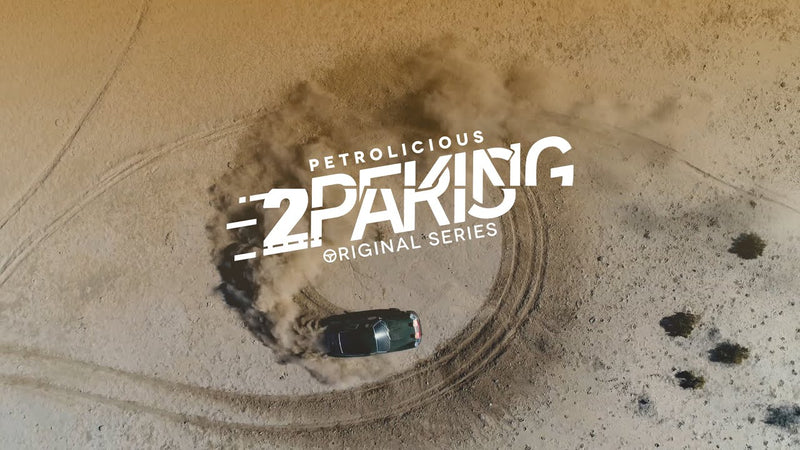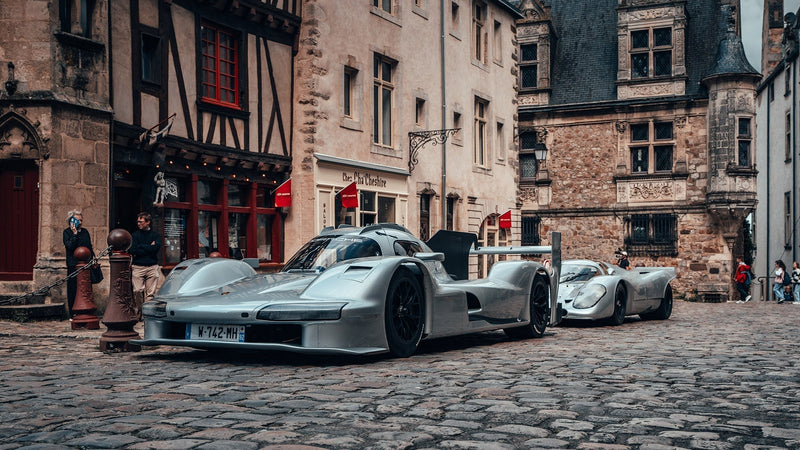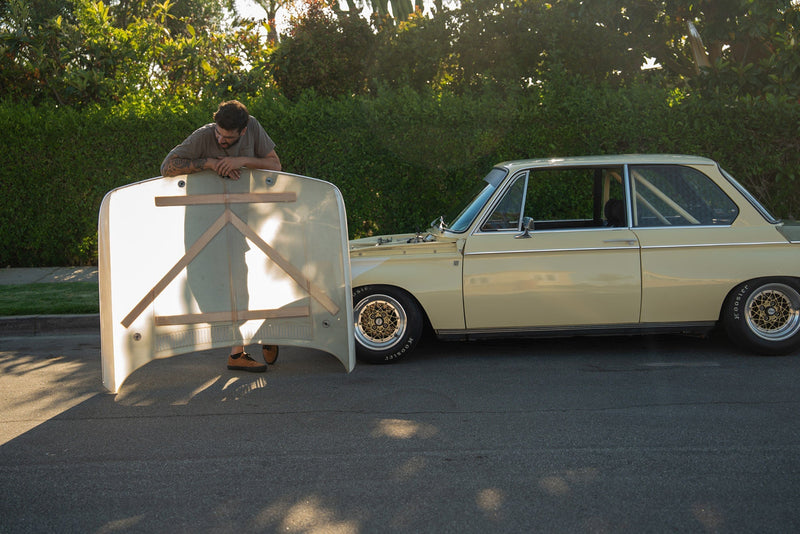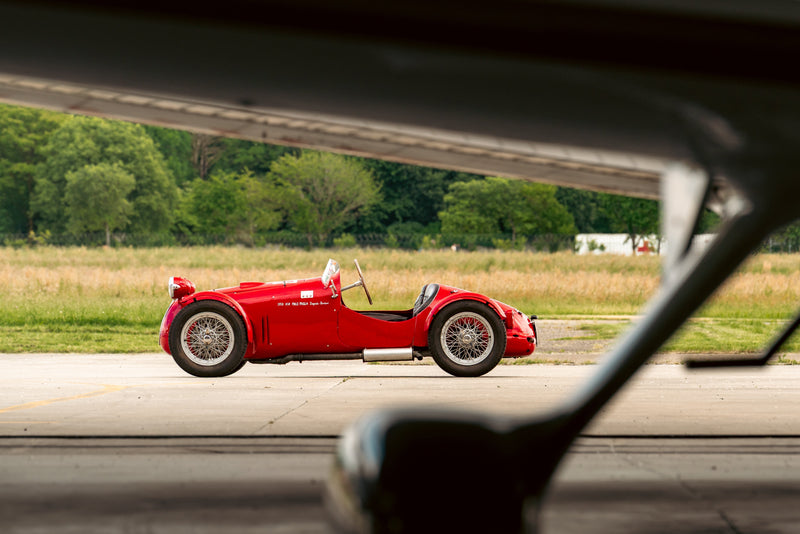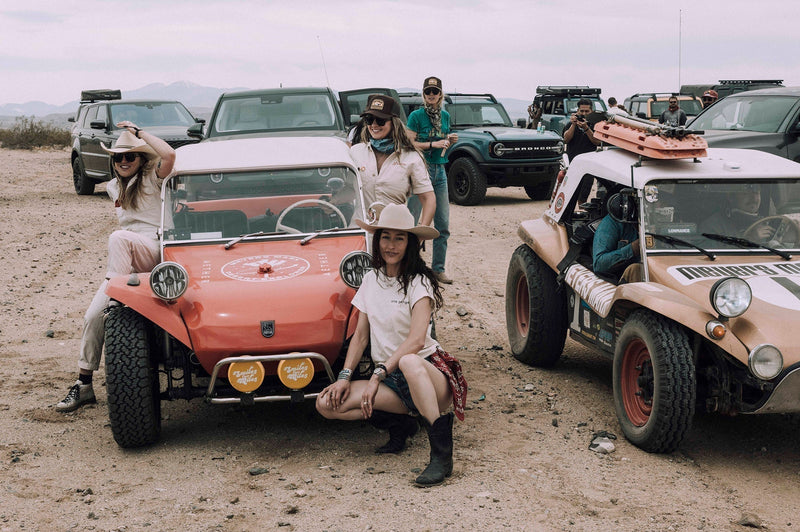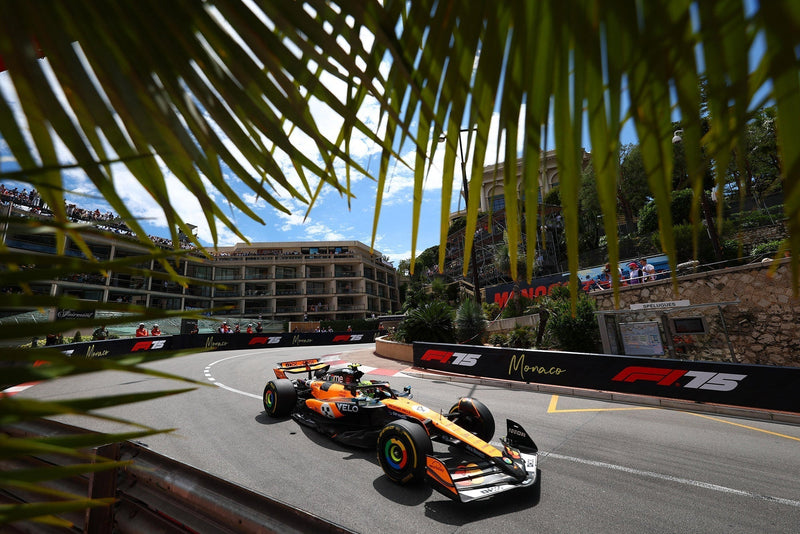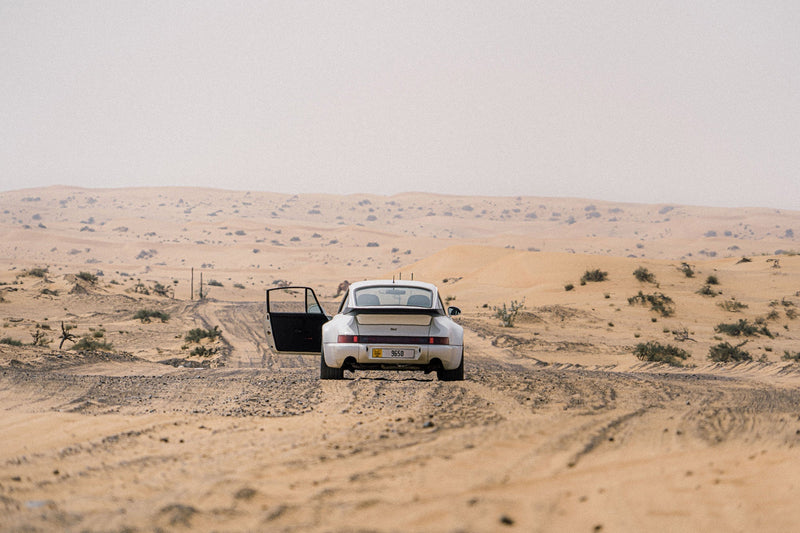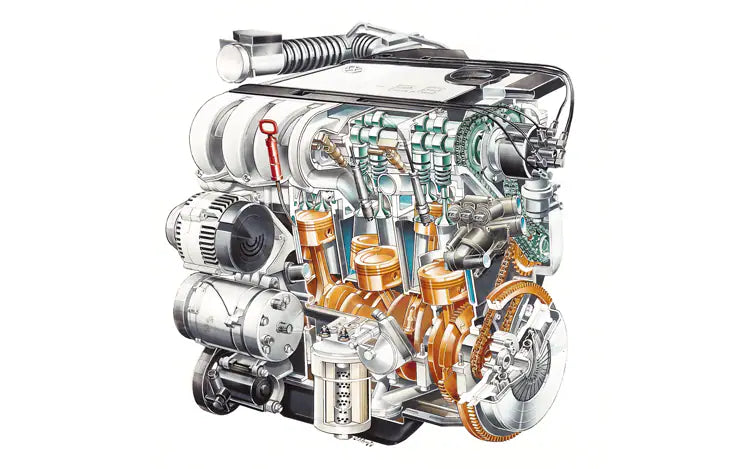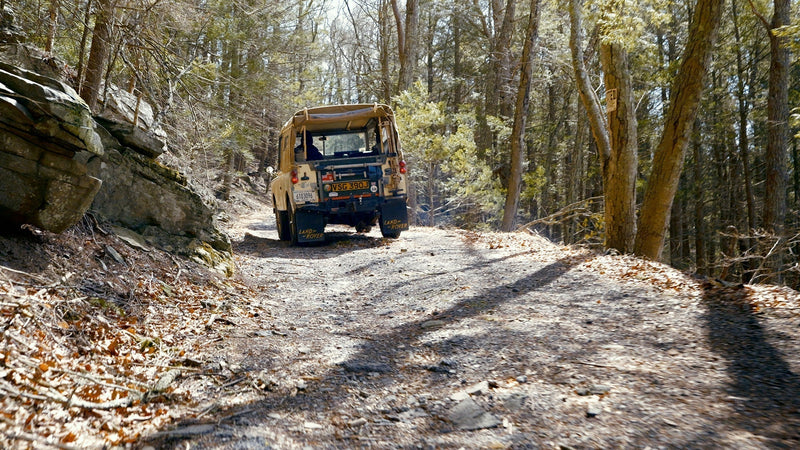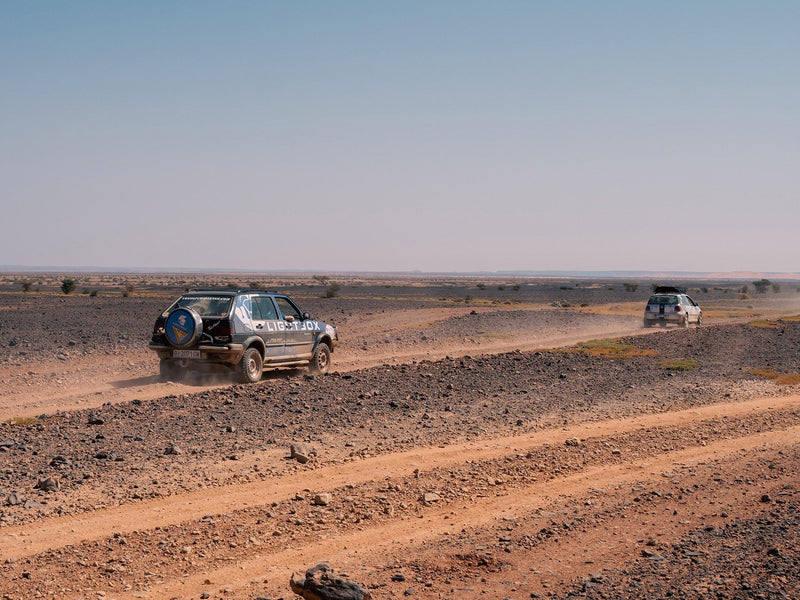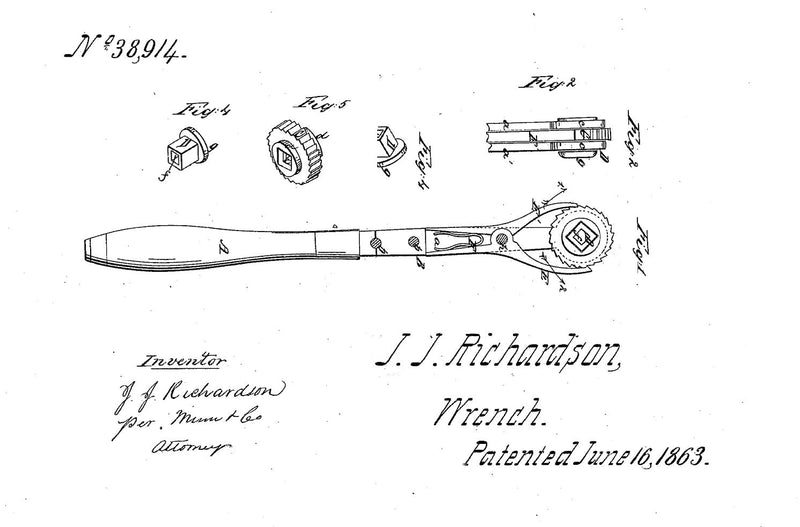Unexpected bills. Bad oysters. Failed exams, failed interviews, missed opportunities, missed flights, lost races. “T”s you forgot to cross and “i”s you didn’t dot. Unrequited love and hangovers—it isn’t just death and taxes that are unavoidable facts of life. Shit happens. It’s what you do afterwards that shows your mettle. It’s easy to win or lose. Recovery from the latter is the real challenge.
Ice is an unpredictable surface to drive on. Mistakes are inevitable. Can you keep your cool when it’s about to rotate to an angle past saving? When the car veers off the line can you coax her back to it? Do you control the car or does the car control you?


Hans-Åke Söderqvist invited me to learn how to drive on ice. But from having listened to his life story, I can tell you I took away many more lessons for the (hopefully) long road ahead of me in life than on the lake.
Söderqvist is a tightly coiled spring, liable to ping off at lightning speed from the pot of potential energy efficiently stored in his compact frame. During the photoshoot of his Mini Cooper S at this year’s Rallye Monte-Carlo, he clambered on top of his car to pose for photos with his driving team. When he discovered that the keys to the padlocks to open his warehouse were off-site, he calmly picked up an axle-grinder and set off to open his Aladdin’s cave of skeletons of Mini Coopers. Now, having already had a successful career as an engineer building and servicing turbines from California to Syria, he wants to have fun.





Hans-Åke Söderqvist is not looking forward to cruises, box-sets, and a few days of fishing every year. He’s dedicating himself to building rally-winning cars, rather than having it as an on-the-side job as it was just a few months ago. With his engineering firm now being managed by his son, he’s off to the races.
His racing interest was piqued many years prior, and started with a 2-wheeled infatuation spurred by his grandfather taking him to the Hedemora TT motorcycle race when the event was still an international one. As a boy he spent his time with his father and grandfather building sidecars for motorbikes, and he rebuilt his first bike as a speedway racer, painting his and the engine’s name—“Jap,” the best speedway engine for the time—on the side, just like the professional racing bikes he had looked to—in his hometown they still call him “Japen.” He began to race in earnest in motocross when he was 16 years old, with a 175cc bike.




Rallying eventually called when he was 21, but so did military duty. With a strong understanding of engineering under his belt, a focus on marine engineering was an obvious match. After his service, he returned to his father’s workshop, repairing cars and rallying in Minis. Then life decided to try to unsettle his line: after his father’s death in 1971, he lost the lease on the workshop.
But it was no matter, really. Engineering is a pretty solid fallback, and after four years Hans-Åke had a passport full of stamps and very intimate knowledge of steam-turbines. Ever watchful though, his eyes stayed peeled for opportunities that would take him back to his best racing line. By 1984 he was back on track as head of engineering for Volvo Motorsport, and a year later Volvo took the European Touring Car Championship with a 240 Turbo. In his own words it was “a fantastic job,” but one that would only last until the end of 1986 when Volvo pulled out of motorsport. A second unseen hazard.
So what to do? Your dream job has been cruelly snatched from beneath you, so what’s the plan, Stan? Sit around and cry about it? Hell no. Hans-Åke returned to macro engineering, restarted the Söderqvist Engineering name, and used his spare time to build Group A Volvo touring cars for different Volvo importers. While others might have held the wheel overly tight, he let things take their course and waited for the right moment to seize control.


He then built a Volvo 240 Turbo Group A car with Tom Walkinshaw for the WTCC. The match was not one made in heaven though; Walkinshaw had difficulties with his wrist and finished almost 1 second slower that Söderqvist’s best racer (whose regular job was as a train driver). Walkinshaw pulled out, leaving Hans-Åke with no driver and a handful of sponsors in Walkinshaw’s name. Solution? Call up your old mate, rally legend Stig Blomqvist. Job done.
As so life fell into a comfortable yet exciting groove. As Volvo fell behind it’s competitors, Söderqvist picked out Ford as a manufacturer to get behind, continuing for a while with the Ford Sierra RS500 Cosworth and then the Ford Mondeo in the Swedish Touring Car Championship with Stig behind the wheel until 1998.
Since then, Hans-Åke’s racing career has focused on the historic rallies, of which he has competed in roughly 80 events in his 1965 Mini Cooper S. When he isn’t racing in one, he continues to build race-prepped cars in his perfect car idyll just outside of Goteburg, Sweden.







Much like a Michelin restaurant, Hans-Åke’s workshop takes the finest ingredients on the market, handles them with care and respect, then blends them together to create an experience worthy only of the most discerning taste buds. What I’m writing might sound like PR guff, but anyone that can build a car that can make someone who has a fear of tight parking spaces do a 100mph slide on an iced lake and not kill herself deserves some kind of accolade. I only wish mine was enough.


With ice driving, the smoothest drift you can hope for is one that corrects for the inevitable bumps and glitches on the ice so they become unnoticeable. When that becomes second nature, then you can think yourself as a master of ice. But bumps and hiccups aren’t only out on the like, and Söderqvist has proven himself a master of life.







